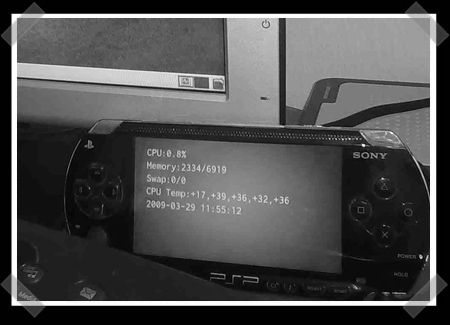
With all the noise about Conficker turning your computer into liquid hot magma on April 1st, there’s actually some positive news. Researchers from the HoneyNet Project have been following the worm since infections started in late 2008. They recently discovered an easy way to identify infected systems remotely. Conficker attempts to patch the MS08-067 vulnerability during infection. A flaw in the patch causes the machine to respond differently than both an unpatched system and an officially patched system. Using this knowledge, the team developed a proof of concept network scanner in python to find infected machines. You can find it in [Rich Mogull]’s initial post. [Dan Kaminisky] has packaged it as an EXE and has instructions for how to build the SVN version of Nmap, which includes the new signature. Other network scanner vendors are adding the code as well.
In conjunction with this detection code, the team has also released the whitepaper Know Your Enemy: Containing Conficker. It discusses ways to detect, contain, and remove Conficker. They’ve combined this with a tool release that covers Conficker’s dynamic domain generation among other things.












